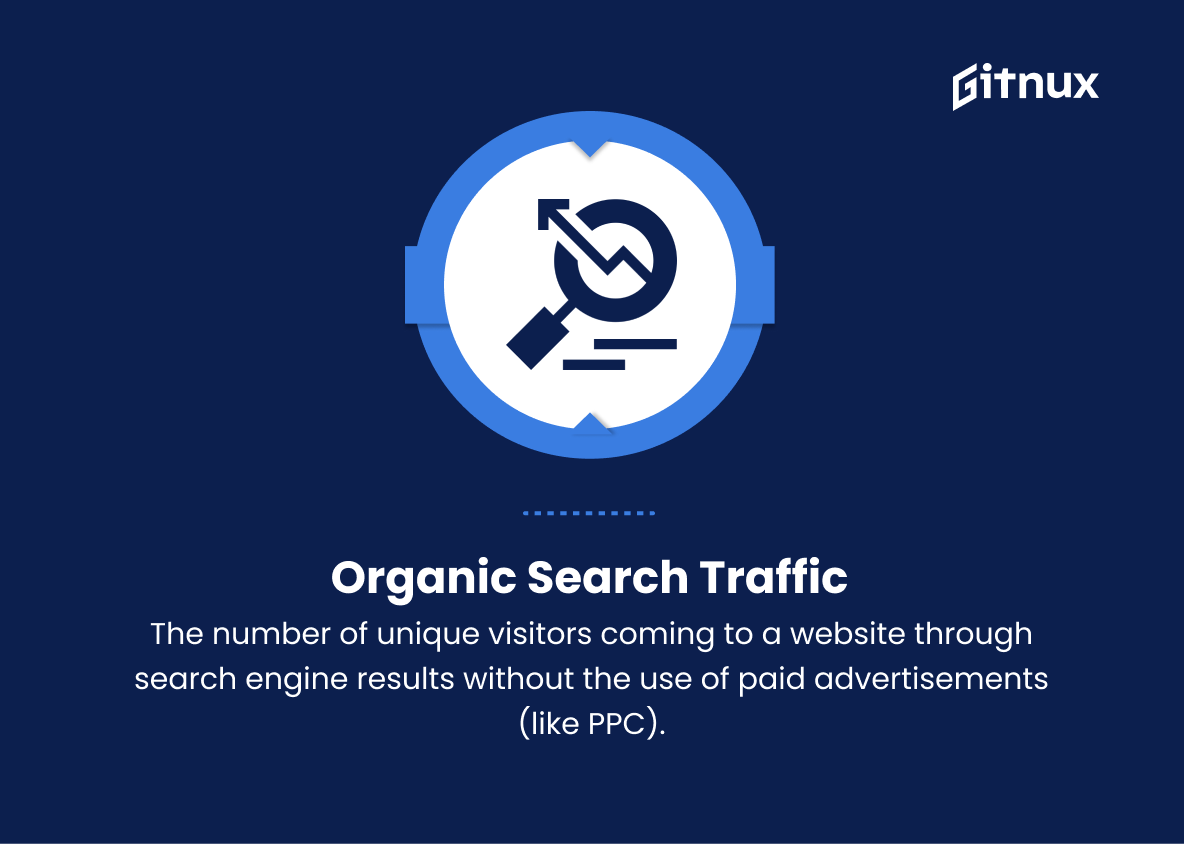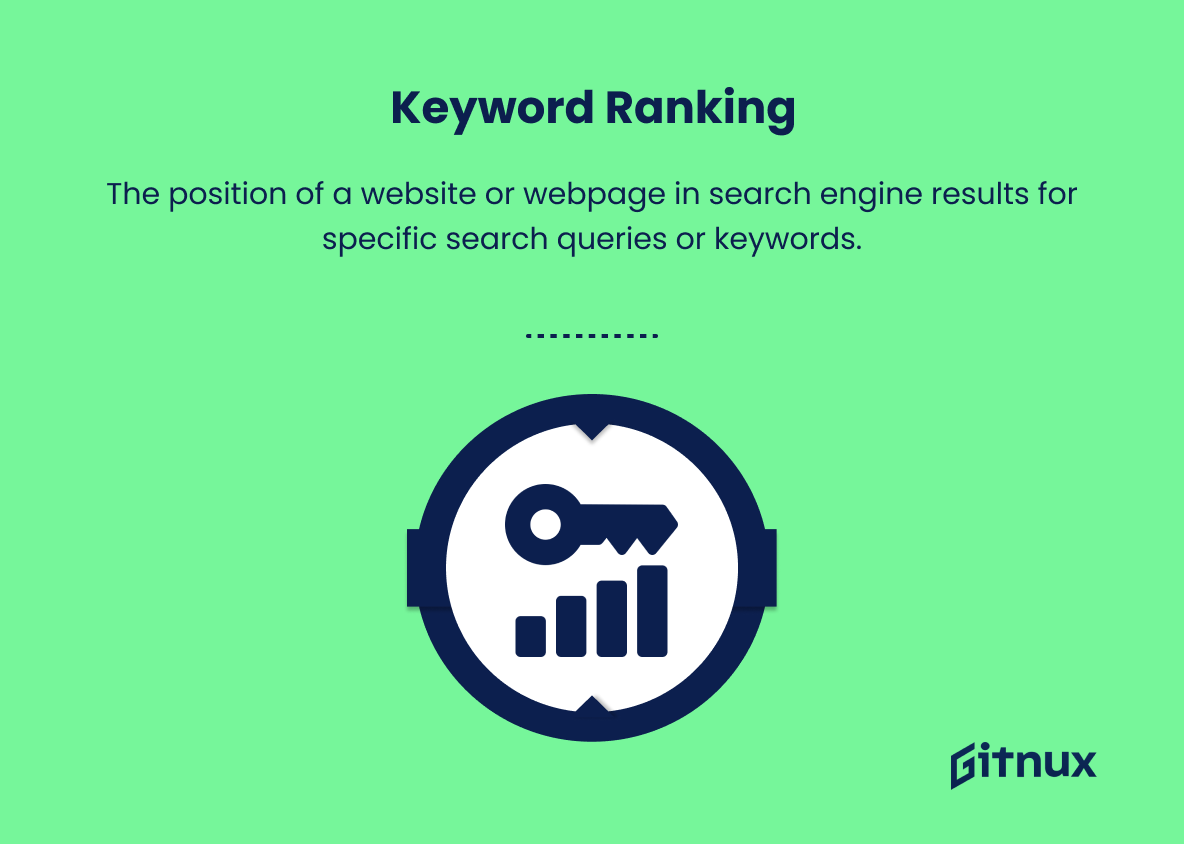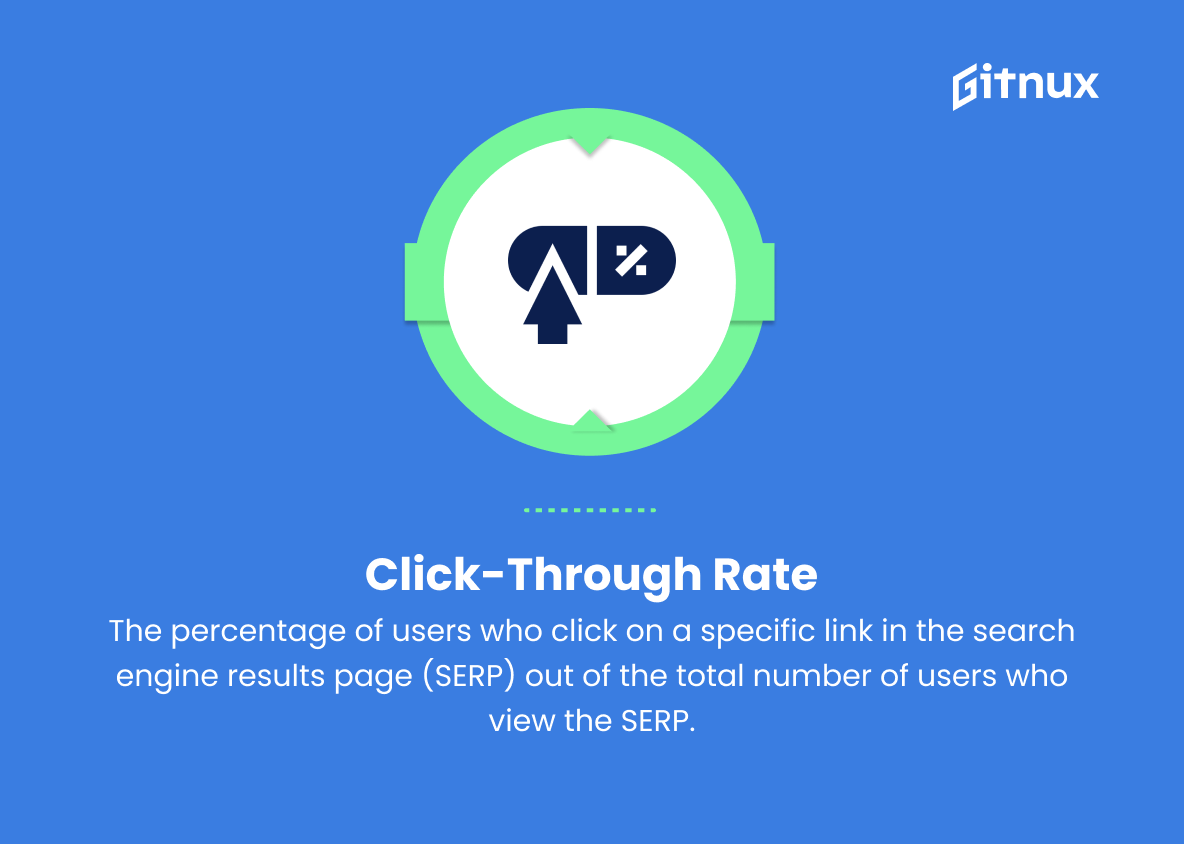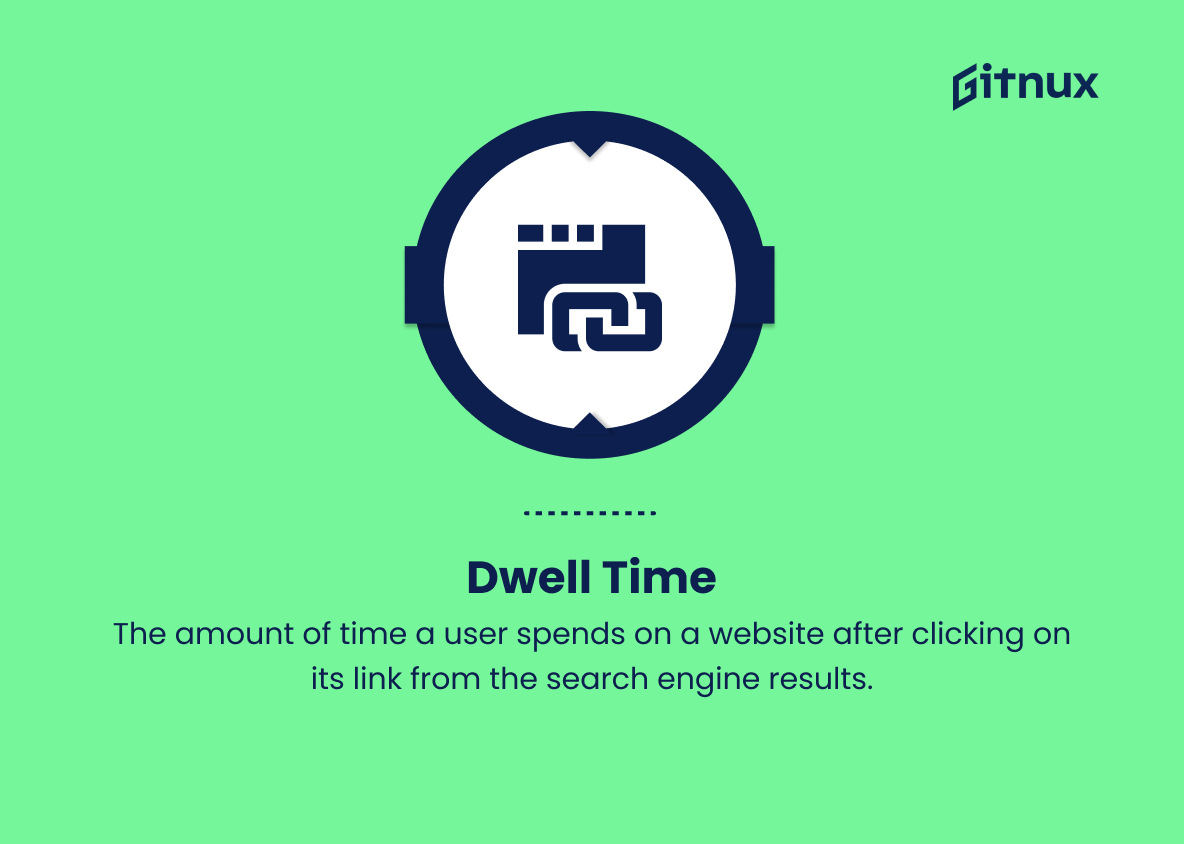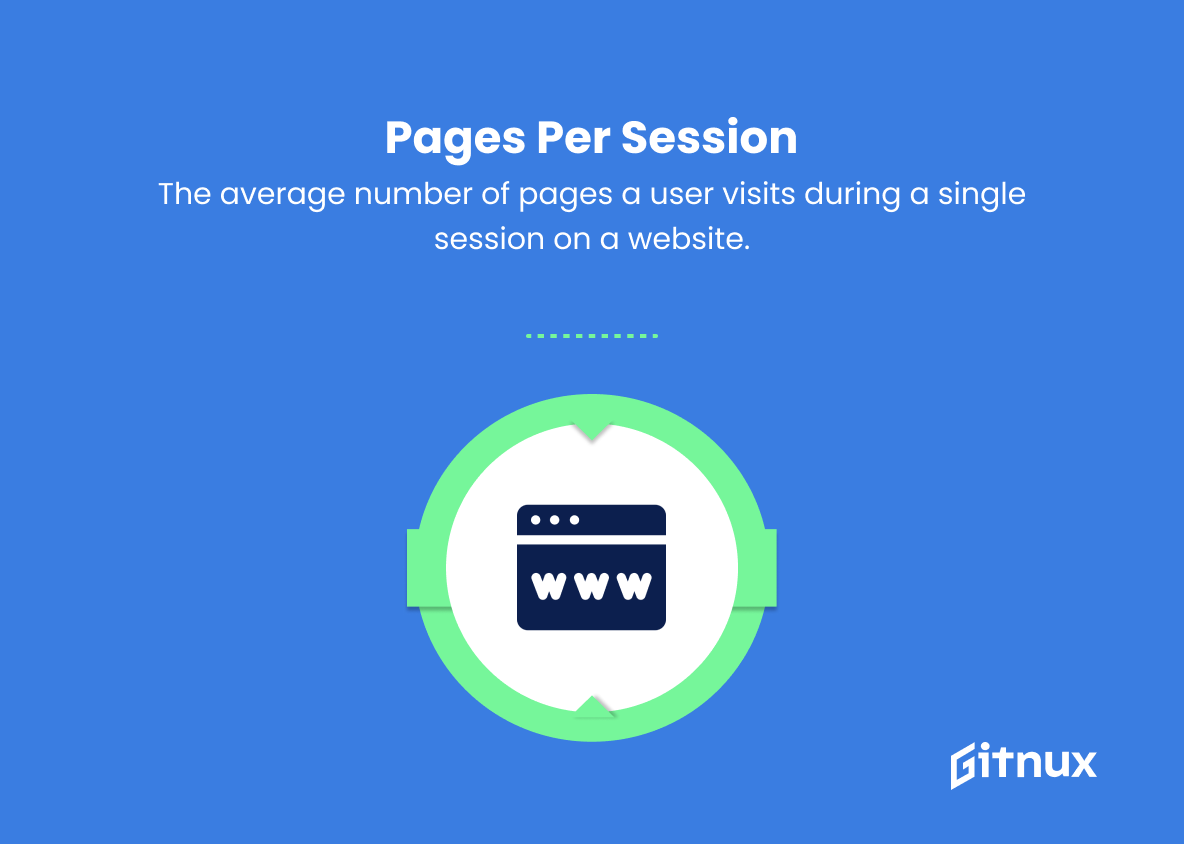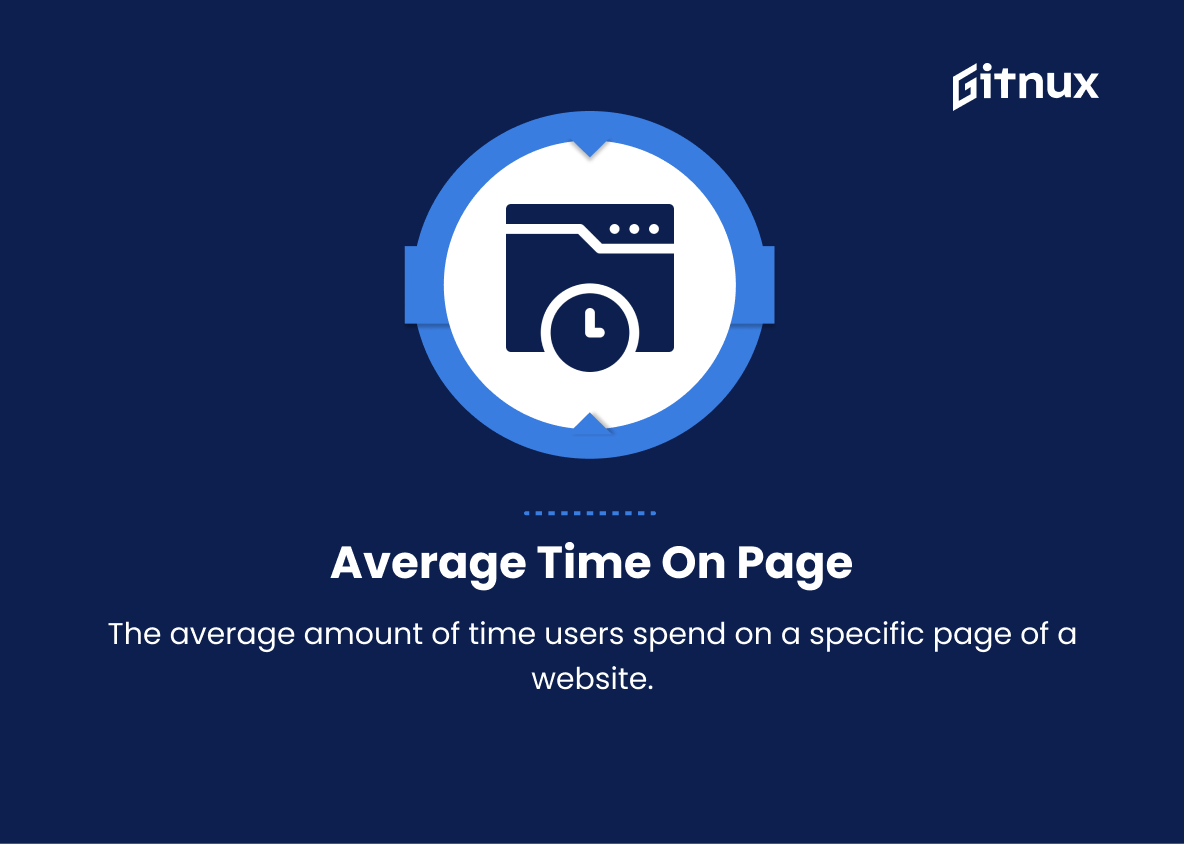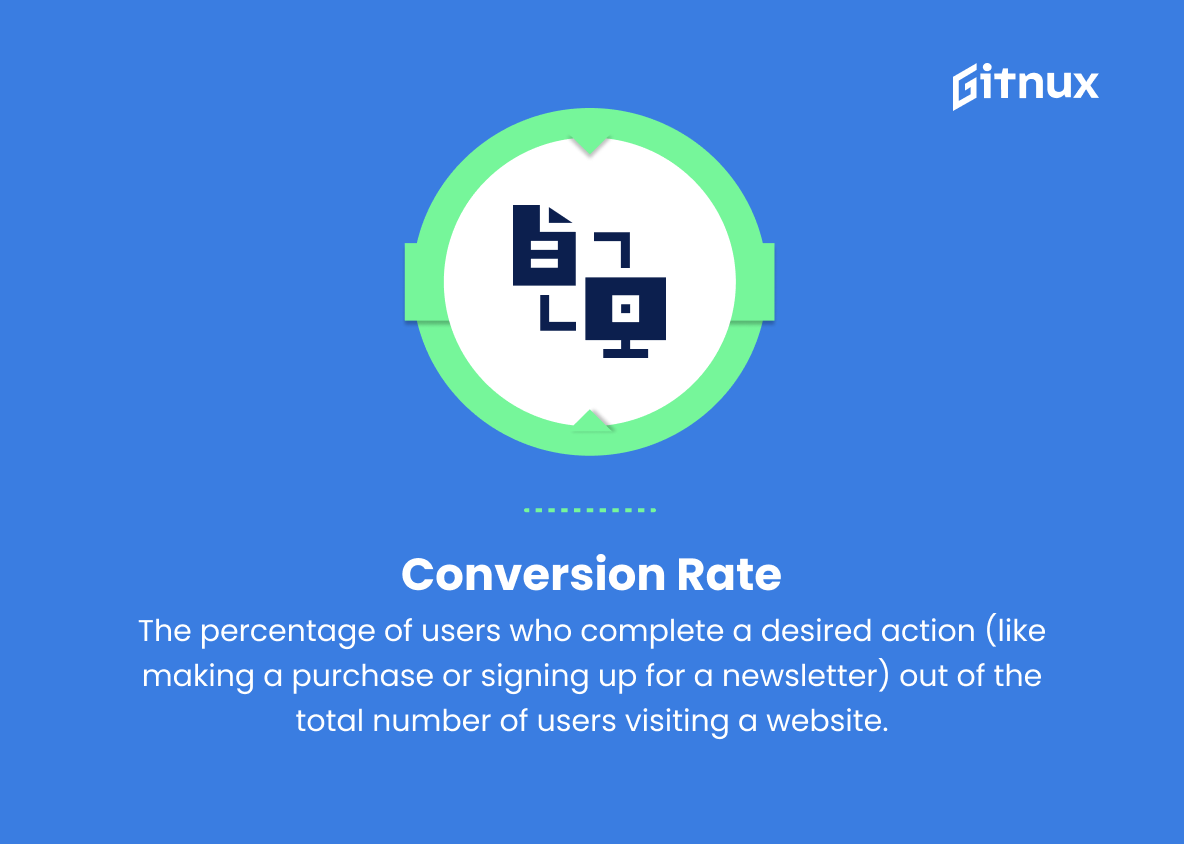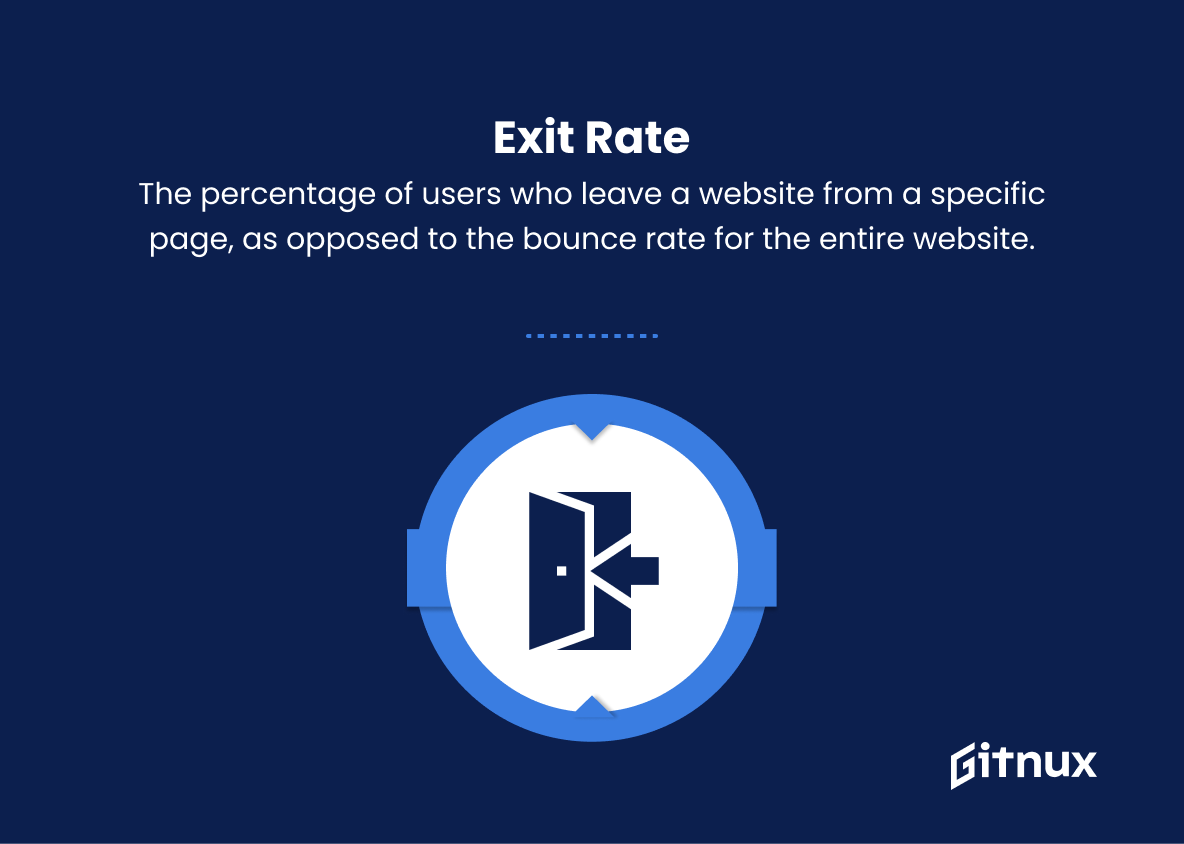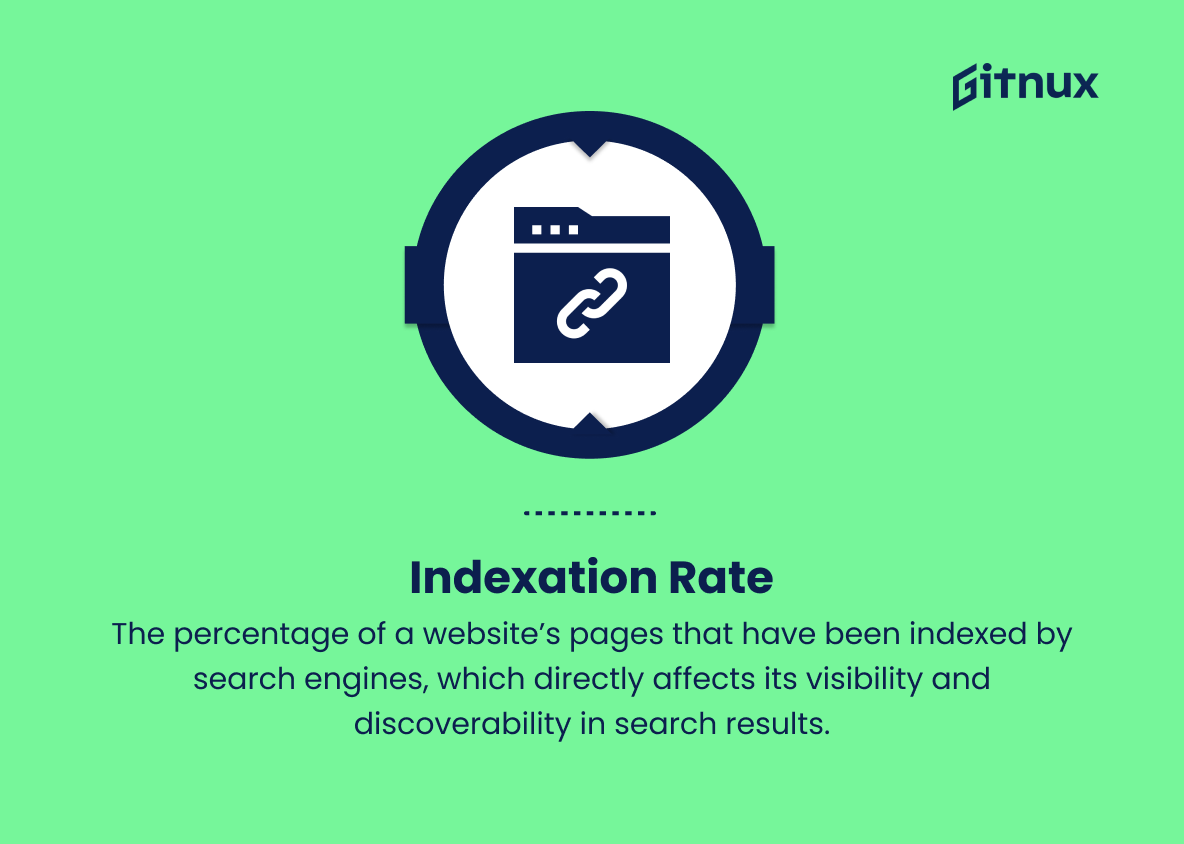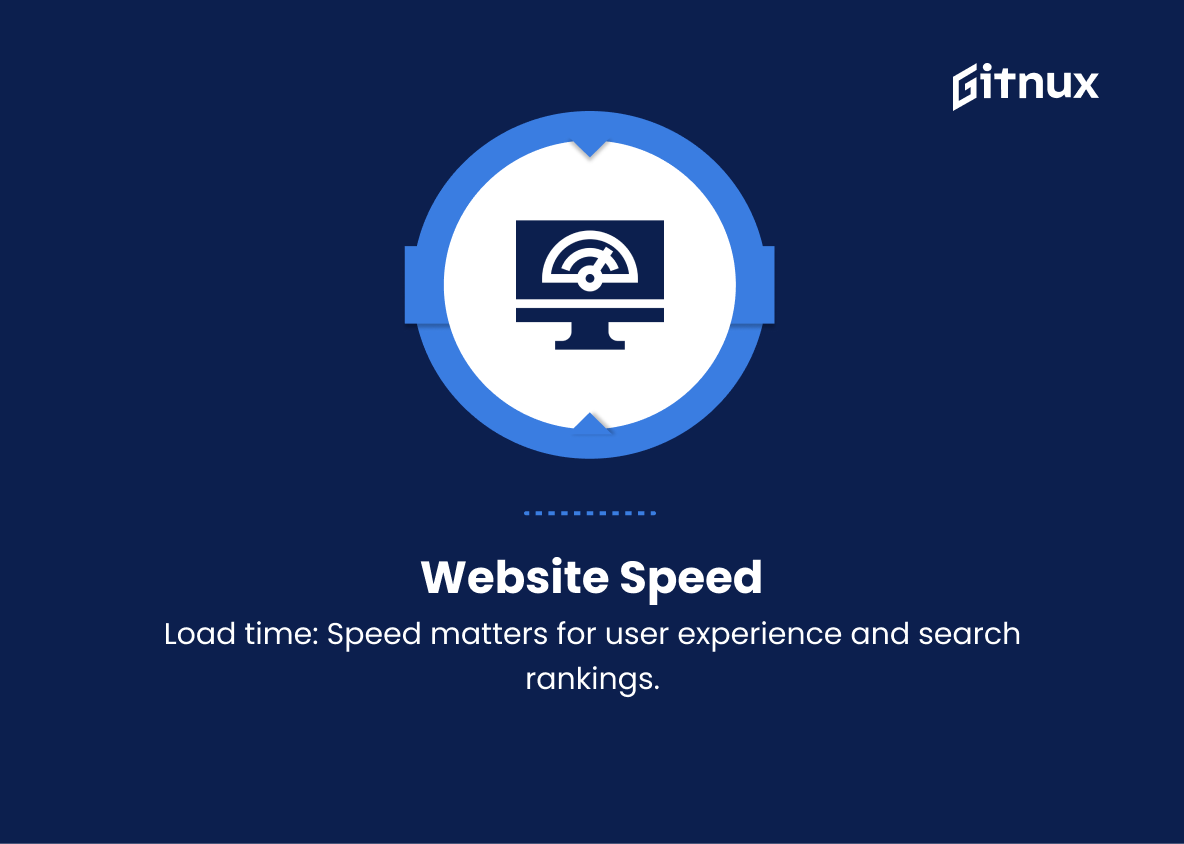In today’s digital landscape, staying ahead in the realm of online visibility is imperative for businesses and content creators alike. The key to successful search engine optimization (SEO) lies in a deep understanding of the metrics that influence search engine ranking and user experience. In this comprehensive blog post, we will delve into the crucial world of Search Engine Metrics, unraveling the complex web of vital data points, and exploring how these insights can be harnessed to optimize your online presence.
From click-through rates to dwell time, we will navigate the constantly evolving algorithms and provide valuable, actionable guidance on leveraging this information for the future success of your digital strategy. So, join us on this journey as we dissect the multitude of metrics that permeate the online ecosystem and learn how to transform mere data into a thriving, search engine-friendly entity.
Search Engine Metrics You Should Know
1. Organic Search Traffic
The number of unique visitors coming to a website through search engine results without the use of paid advertisements (like PPC).
2. Keyword Ranking
The position of a website or webpage in search engine results for specific search queries or keywords.
3. Click-Through Rate (CTR)
The percentage of users who click on a specific link in the search engine results page (SERP) out of the total number of users who view the SERP.
4. Bounce Rate
The percentage of users who leave a website after viewing only one page, indicating that the content was not relevant or engaging.
5. Dwell Time
The amount of time a user spends on a website after clicking on its link from the search engine results.
6. Pages per Session
The average number of pages a user visits during a single session on a website.
7. Average Time on Page
The average amount of time users spend on a specific page of a website.
8. Return Visits
The percentage of users who come back to a website after their initial visit, indicating a positive user experience and engagement.
9. Conversion Rate
The percentage of users who complete a desired action (like making a purchase or signing up for a newsletter) out of the total number of users visiting a website.
10. Exit Rate
The percentage of users who leave a website from a specific page, as opposed to the bounce rate for the entire website.
11. Indexation Rate
The percentage of a website’s pages that have been indexed by search engines, which directly affects its visibility and discoverability in search results.
12. Crawling Errors
Any issues or errors encountered by search engine crawlers while trying to access and index a website.
13. Website Speed
The time it takes for a website to fully load and become interactive for users. Faster load times typically result in better user experiences and higher rankings in search engine results.
14. Mobile Friendliness
The level of optimization a website has for mobile devices, affecting its ranking in mobile search results.
15. Domain Authority
A metric developed by Moz, which predicts a website’s ability to rank in search engine results based on factors like its age, popularity, and the number of quality inbound links.
16. Page Authority
Similar to domain authority, but specific to an individual page of a website, predicting its ability to rank in search engine results.
17. Inbound Links
The number of external websites linking to a specific website, which can influence its search engine rankings and visibility.
18. Link Building Velocity
The rate at which a website acquires new inbound links, which can indicate growth in its popularity and authority.
19. Anchor Text Distribution
The variety and naturalness of the anchor text used in inbound links to a website, which can influence its search engine rankings.
20. Outbound Links
The number of external websites a specific website links to, which can help or hurt its search engine rankings depending on the quality and relevance of the linked sites.
Search Engine Metrics Explained
Search engine metrics play a crucial role in evaluating website performance and determining the potential for growth within search engine rankings. Organic search traffic measures the volume of unique visitors arriving at a website through non-paid search engine results, which is an essential indicator of a website’s visibility, content relevance, and SEO effectiveness. Keyword ranking signifies the website’s position in search results for specific queries, directly impacting its organic traffic and online visibility, while click-through rate (CTR) reveals user engagement and the effectiveness of the search engine listing.
The bounce rate and dwell time offer insights into user satisfaction, as higher bounce rates and shorter dwell times often indicate irrelevant or poorly engaging content. Conversely, pages per session, average time on page, and return visits provide a clearer understanding of user engagement and the overall value a website offers. Moreover, conversion rates showcase the success of a website in driving users to complete desired actions, while exit rates help identify specific pages that may need improvement.
The indexation rate, crawling errors, website speed, mobile-friendliness, domain authority, and page authority are other vital metrics to analyze when developing an optimized SEO strategy. These factors contribute to a website’s overall ranking and search engine visibility, with faster loading times and mobile-optimized sites providing better user experiences.
Furthermore, inbound links and link building velocity can enhance a website’s authority and influence search engine rankings, making it essential to maintain a healthy anchor text distribution and evaluate outbound links to ensure they are relevant, valuable, and of high quality. In conclusion, monitoring these search engine metrics aids in creating an effective SEO strategy, boosting website visibility, and ensuring a positive and engaging user experience.
Conclusion
In conclusion, search engine metrics play a crucial role in understanding and improving a website’s online presence. These metrics allow us to gauge our digital marketing efforts, identify areas requiring optimization, and ensure we stay ahead in the competitive online environment. As a vital component of any SEO strategy, monitoring and analyzing these metrics helps in making informed decisions and ultimately leads to the growth and success of your online business.
Remember that the SEO landscape is always evolving, so staying up-to-date on search engine metrics and their impact on your website is essential for maintaining your online visibility and staying ahead of the competition.
